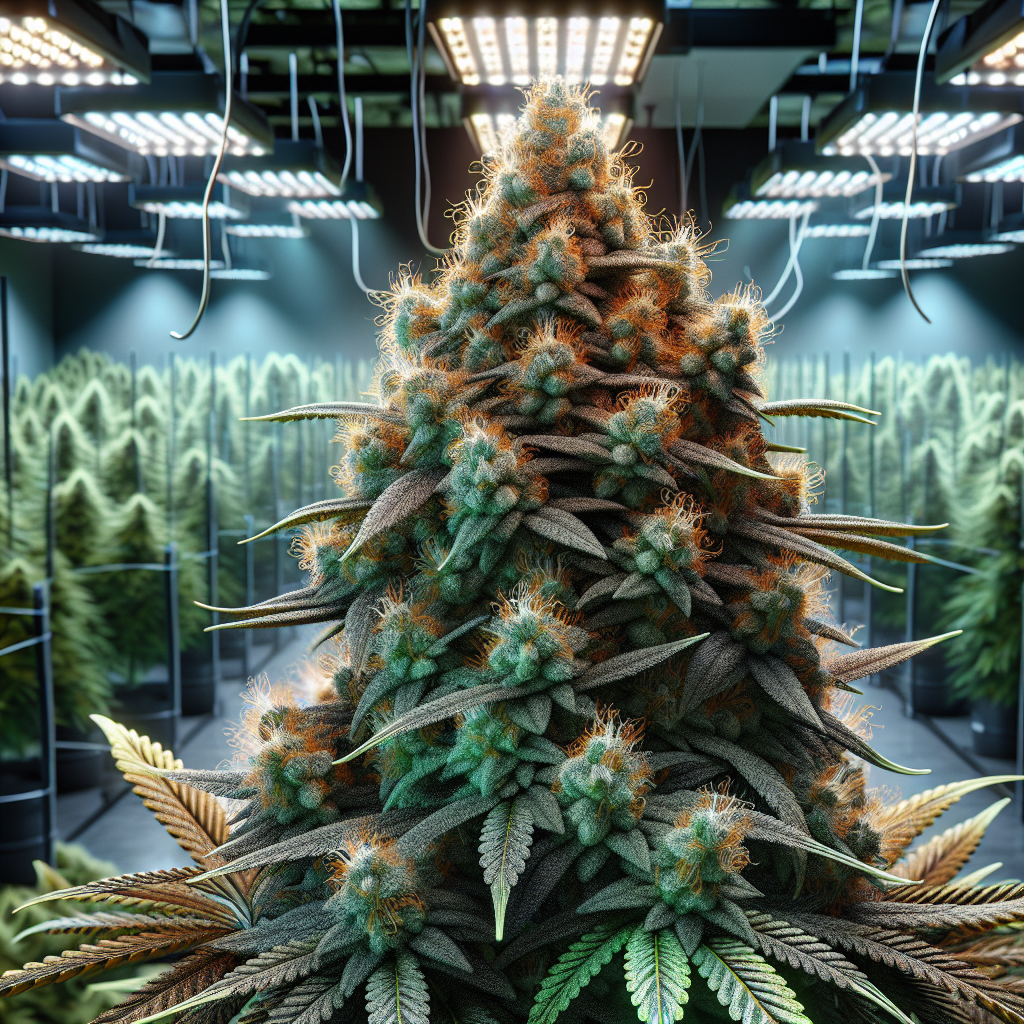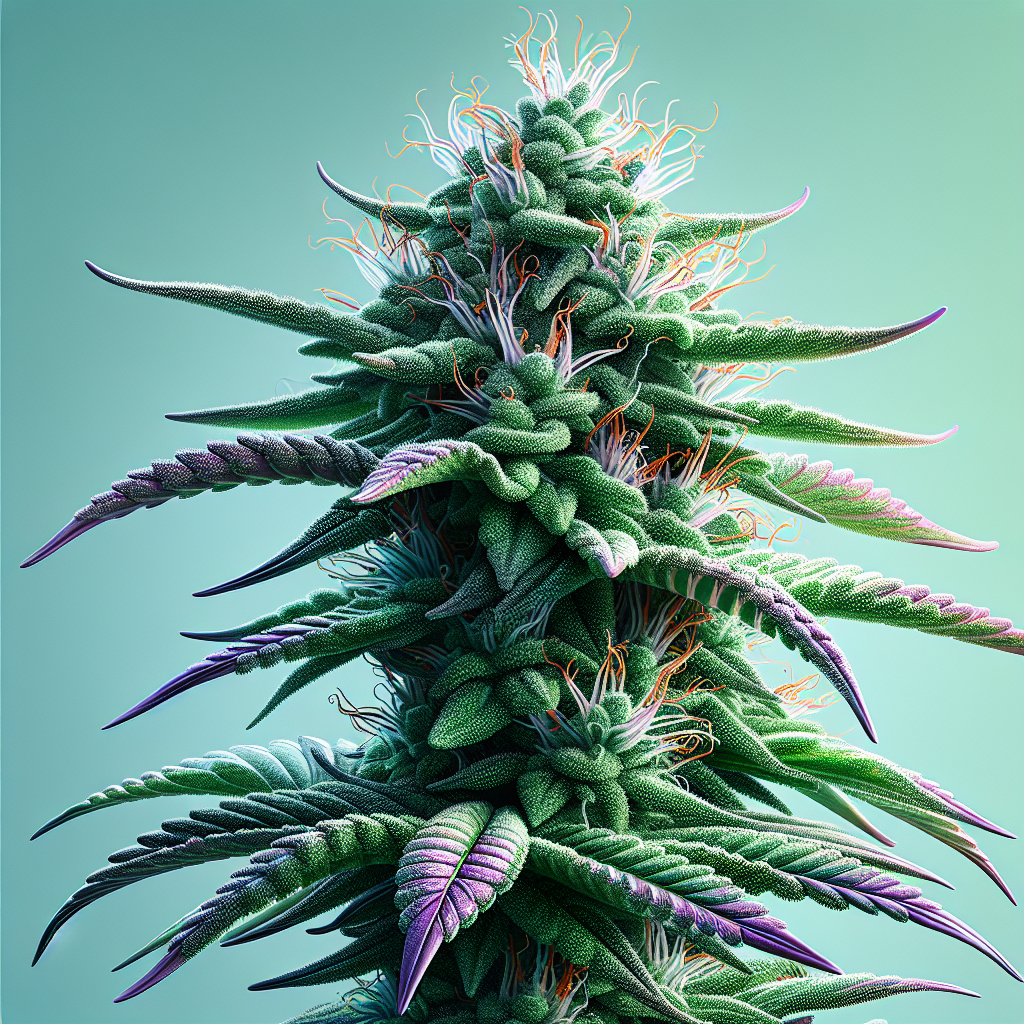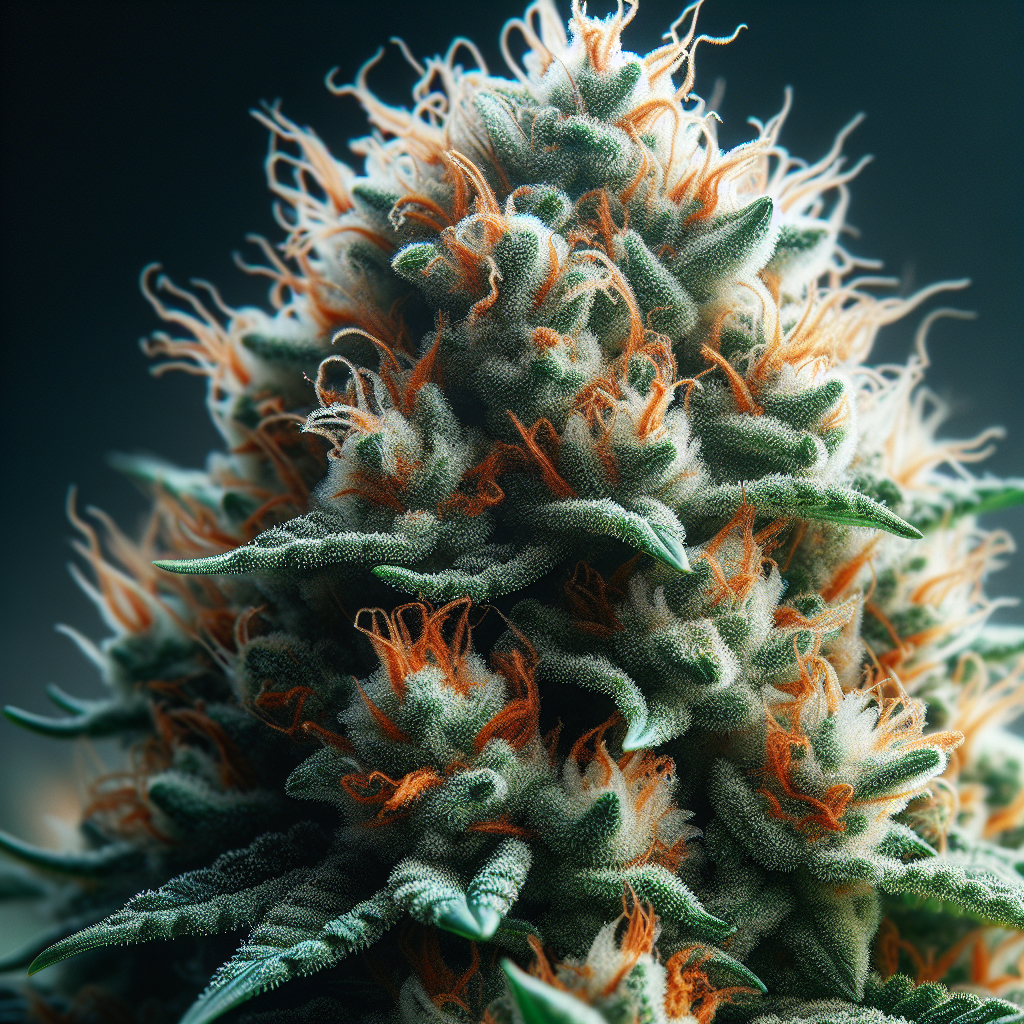Indoor vs. Outdoor Growing: Which is Right for You?
Cannabis cultivation has surged in popularity, both in legal markets and among home growers. With this rise comes the crucial question: should you grow your cannabis indoors or outdoors? Each method has its unique advantages and challenges, and understanding the key differences can help you decide which is best suited for your needs. In this comprehensive guide, we will explore the nuances of indoor and outdoor cannabis cultivation, helping you make an informed decision that aligns with your goals, preferences, and resources.
The Basics of Cannabis Cultivation
Before we dive into the specifics of indoor and outdoor growing, it’s essential to understand the basic requirements for cultivating healthy cannabis plants. Cannabis is a photoperiod plant, meaning its growth is heavily influenced by light, particularly in terms of flowering cycles. Key factors affecting growth include light intensity and quality, temperature, humidity, ventilation, nutrients, and water.
Indoor Growing: An Overview
Indoor cannabis cultivation involves using a controlled environment to grow plants within a structure—be it a dedicated grow room, tent, or greenhouse. Growers can customize conditions, optimally tailoring them for plant health and yield.
Advantages of Indoor Growing
-
Controlled Environment: One of the most significant advantages of indoor growing is the ability to control environmental factors meticulously. You can create ideal conditions for each stage of growth, with a perfect balance of temperature, humidity, and air circulation.
-
Reduced Pests and Diseases: Indoor plants are less exposed to outdoor pests and diseases. This can reduce the dependency on pesticides and enhance the overall quality of your harvest.
-
Year-Round Cultivation: With indoor growing, you can cultivate cannabis regardless of external weather conditions. This allows for multiple harvests within a year, maximizing your production potential.
-
Genetic Variety: Indoor setups can accommodate various strains that may not thrive in local outdoor conditions. This gives you the freedom to experiment with different genetics and phenotypes.
- Stealth and Privacy: For those concerned about privacy, indoor growing offers a discreet way to cultivate cannabis. You can maintain your garden away from prying eyes and potential legal issues.
Challenges of Indoor Growing
-
Initial Setup Costs: Setting up an indoor grow operation can be costly. You’ll need to invest in equipment such as grow lights, ventilation systems, and climate control devices.
-
Ongoing Maintenance: An indoor garden requires continuous monitoring and maintenance. You’ll need to manage everything from nutrient levels and watering schedules to temperature and humidity, which can be time-consuming.
-
Energy Consumption: Indoor growing can result in higher energy bills, particularly because of lighting and climate control requirements. Depending on your location and energy sources, this could add to your overall costs.
- Limited Space: If you’re growing in a small area, you might be limited in the number of plants you can cultivate at once. Space constraints can also restrict your options for plant training and growth techniques.
Outdoor Growing: An Overview
Outdoor cannabis cultivation takes advantage of Mother Nature, utilizing natural sunlight, soil, and rainfall to grow plants in an open environment. This age-old method offers its own set of benefits and challenges.
Advantages of Outdoor Growing
-
Natural Sunlight: One of the most significant benefits of outdoor growing is the abundance of natural sunlight. Sunlight provides a full spectrum of light that cannabis plants require, often leading to robust and healthy growth.
-
Lower Operating Costs: Growing outdoors typically involves lower initial setup and ongoing costs compared to indoor growing. You won’t need to invest in artificial lighting or extensive climate control systems.
-
Larger Yield Potential: Given the ample light and space available, outdoor cannabis plants often produce larger yields compared to their indoor counterparts. This makes outdoor methods highly attractive for commercial growers or those looking to harvest significant quantities.
-
Sustainability: Outdoor cultivation can be more environmentally friendly, especially when utilizing organic growing techniques. Relying on rainwater and natural soil can reduce your carbon footprint and reliance on synthetic fertilizers.
- Natural Expression of Terpenes and Flavors: Many growers believe that outdoor-grown cannabis can develop a more complex array of flavors and aromas, thanks to the natural elements and terroir.
Challenges of Outdoor Growing
-
Environmental Variables: Outdoor growing is highly susceptible to environmental changes and extreme weather conditions. Rain, wind, humidity, and pests can all impact plant health and yield.
-
Limited Growing Season: Depending on your geographical location, your growing season may be limited to a few months a year. This can restrict the number of harvests you can achieve.
-
Legal Concerns: Depending on local laws, there may be restrictions on outdoor growing or concerns about plant visibility from neighbors. Discretion is often more challenging outdoors.
- Vulnerability to Pests and Diseases: Outdoor plants are exposed to various pests and diseases that can harm plant health and reduce yields. Dedicated pest management strategies will be necessary.
Factors to Consider When Choosing Between Indoor and Outdoor Growing
When deciding whether indoor or outdoor growing is best for you, consider these key factors:
1. Local Climate
Your geographical location and climate will significantly influence your decision. If you live in an area with a favorable growing season and mild weather, outdoor cultivation may be the right choice. Conversely, if you live in a region with extreme temperatures or unpredictable weather patterns, indoor growing may be more suitable.
2. Available Space
Assess how much space you have available for cultivation. Indoor growing requires a dedicated area for equipment, while outdoor growing requires sufficient outdoor space, free from obstructions and with access to sunlight.
3. Budget
Consider your budget for initial setup and ongoing costs. Indoor growing will likely require a more substantial initial investment in equipment, whereas outdoor growing can be more budget-friendly.
4. Knowledge and Experience
Your level of experience with plant care and cultivation can play a significant role in your success. Indoor growing typically requires a deeper understanding of plant biology and environmental stewardship, while outdoor growing may be more straightforward for beginners.
5. Plant Goals
Think about what you want to achieve with your cannabis plants. If you seek high yields and fast turnover, outdoor growing may be preferable. If you are interested in experimenting with strains or maintaining strict quality control, consider an indoor setup.
6. Personal Preference
Ultimately, your comfort and preference for growing techniques will also guide your decision. Some people align more with natural outdoor cultivation, while others prefer the precision and challenge that indoor growing offers.
Tips for Successful Cannabis Cultivation
Best Practices for Indoor Growing
-
Lighting: Invest in high-quality grow lights that offer a full spectrum. LED lights are energy-efficient options, providing both vegetative and flowering light spectrums.
-
Climate Control: Monitor temperature and humidity closely, using oscillating fans and dehumidifiers as needed to maintain optimal conditions.
- Soil and Nutrients: Choose high-quality growing mediums and organic nutrients to ensure your plants receive the best possible care.
Best Practices for Outdoor Growing
-
Soil Preparation: Test and prepare your soil ahead of planting. Incorporate organic matter to improve soil structure and nutrient availability.
-
Location: Choose a site that receives ample sunlight and is protected from strong winds. Make sure the plants are easily accessible for care and harvesting.
- Organic Pest Control: Use natural pest control methods, such as companion planting or introducing beneficial insects, to manage pests without harming your plants.
Conclusion: Indoor vs. Outdoor – The Choice is Yours!
Ultimately, whether you choose to grow your cannabis indoors or outdoors will depend on various factors specific to your situation, including climate, space, budget, and personal goals. Both methods have their unique strengths and challenges, and many cannabis enthusiasts find joy and satisfaction in cultivating their plants, regardless of the method they select.
As cannabis culture continues to flourish, growers are encouraged to experiment and find their unique growing style. Whether you go for the precision of indoor growing or the natural beauty of outdoor cultivation, success is achievable with passion, knowledge, and dedication.
FAQ Roundup
1. Is it legal to grow cannabis indoors or outdoors?
This largely depends on your location. Be sure to check local laws and regulations regarding cannabis cultivation, as they can vary significantly from one jurisdiction to another.
2. How much space do I need to grow cannabis indoors?
This will vary based on the number of plants you want to cultivate. A small grow tent can accommodate 1-4 plants, whereas a dedicated grow room can host a larger number of plants.
3. What is the best light for indoor cannabis growing?
Full-spectrum LED grow lights are considered the best option for indoor cannabis cultivation due to their energy efficiency and ability to support all growth stages.
4. How can I protect outdoor cannabis plants from pests?
Implementing organic pest control methods, such as using beneficial insects (like ladybugs) or companion planting, can help keep pests at bay without harmful chemicals.
5. How often should I water cannabis plants?
Watering frequency will depend on various factors, including the growing medium, plant size, and environmental conditions. Generally, it’s best to monitor the soil and only water when it feels dry.
6. Can I grow cannabis from seeds or clones?
Yes, you can grow cannabis from both seeds and clones. Seeds offer more genetic diversity, while clones provide consistency of genetics as they come from a mother plant.
7. What are the signs that my cannabis plants are over-watered or under-watered?
Signs of overwatering include yellowing leaves, drooping, and a mushy root system. Under-watered plants may droop, have crispy edges, and may exhibit wilting.
8. How can I ensure a healthy yield from my cannabis plants?
Implement best practices for nutrition, water, and environmental conditions. Pruning, training techniques, and regular monitoring will contribute to a robust yield.
9. What are some common mistakes to avoid when growing cannabis?
Some common mistakes include overwatering, inadequate lighting, lack of ventilation, and ignoring temperature and humidity levels. Regular monitoring and adjustment will help ensure a successful grow.
10. How is indoor quality different from outdoor quality?
Both indoor and outdoor cannabis can produce high-quality buds; however, the attributes may differ. Indoor plants can have more precision in growth, while outdoor plants benefit from natural sunlight and the outdoor environment.
With the right knowledge, techniques, and passion for cannabis, you can cultivate successful marijuana gardens, regardless of the growing method you choose. Happy growing!





